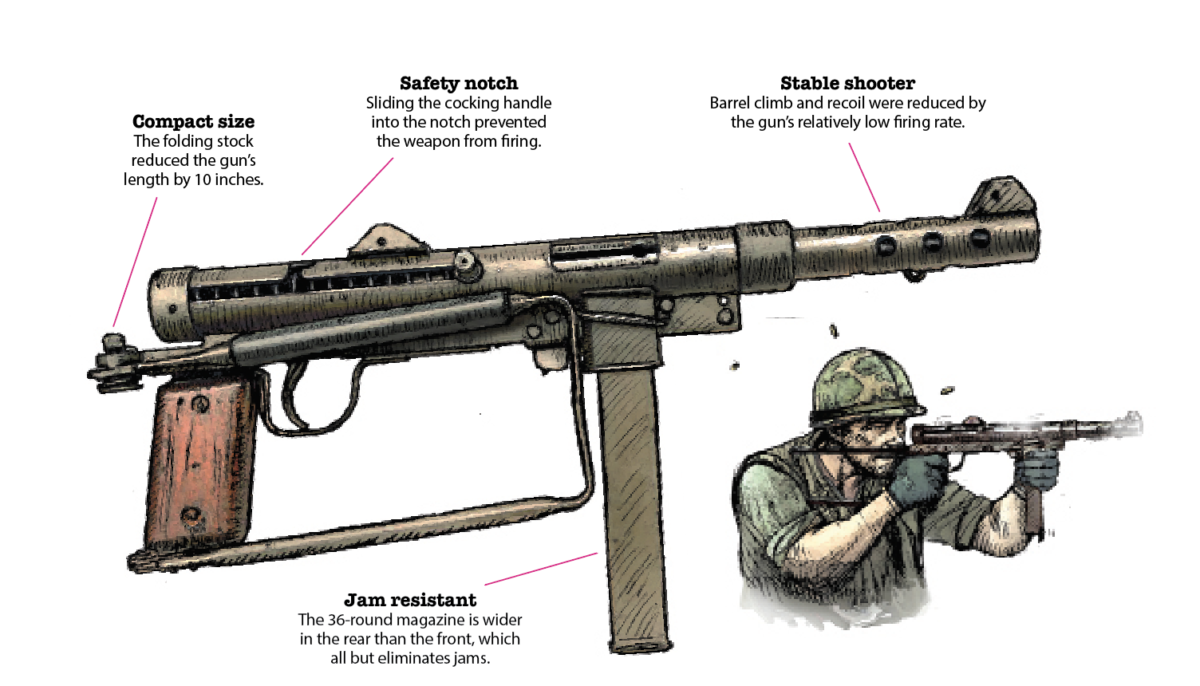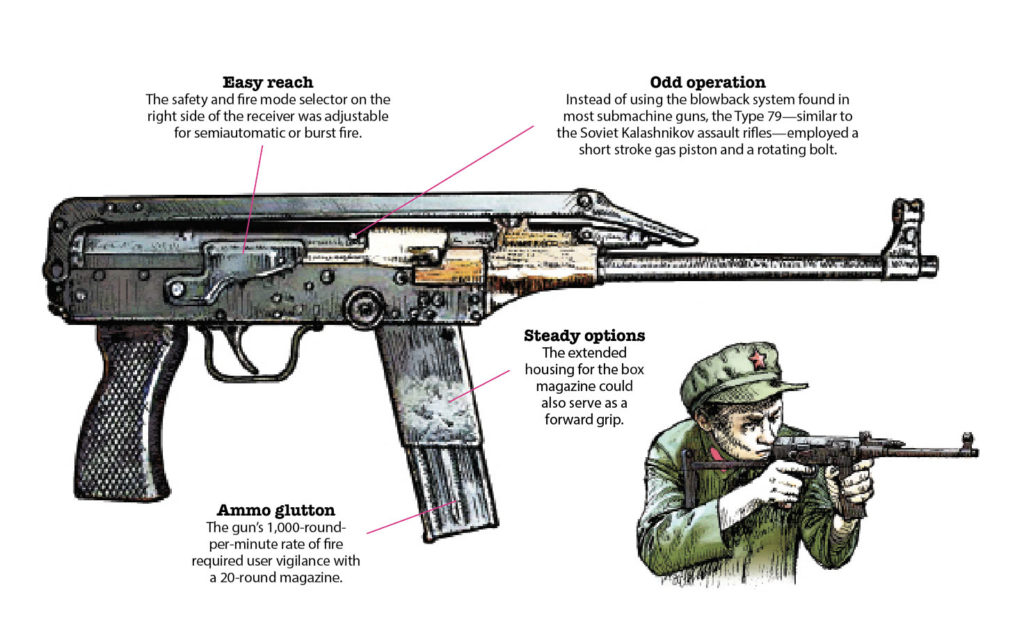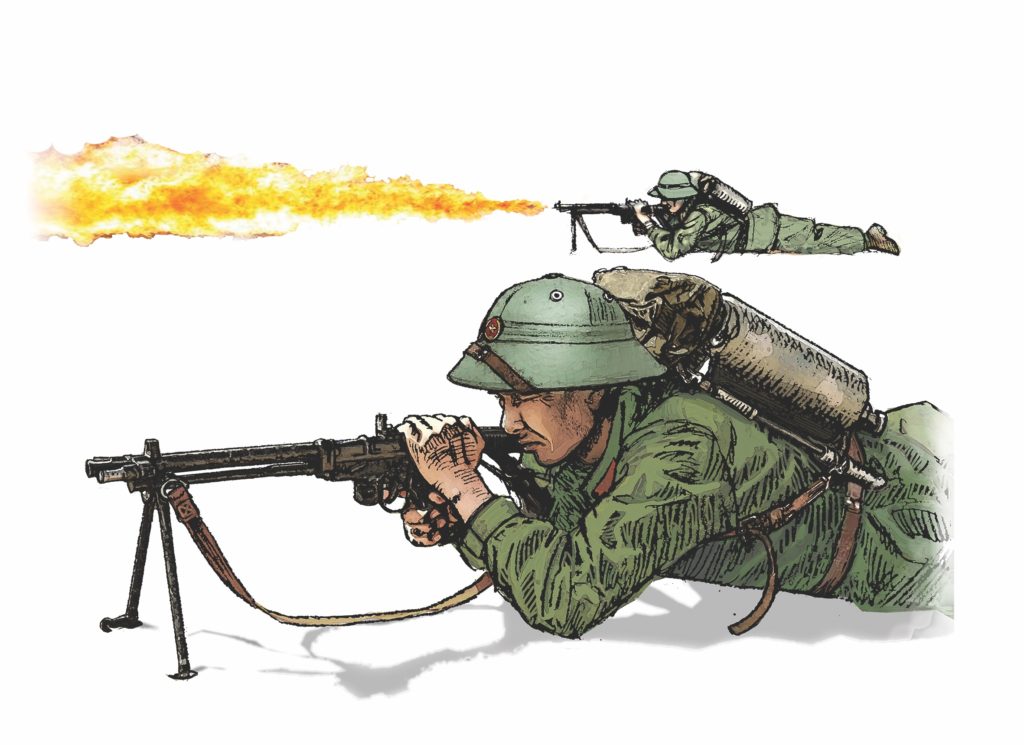In early 1969, Reconnaissance Team Illinois of the Studies and Observations Group, an elite covert operations unit, encountered North Vietnamese Army soldiers while on a battle damage assessment mission in northeast Cambodia. As the SOG team retreated to its extraction landing zone, Sgts. George Bacon and Newman Ruff laid down suppressing fire. Whenever Bacon stopped firing his CAR-15 carbine, the NVA rushed forward and were shot by Ruff’s sound-suppressed Karl Gustav submachine gun. Unsure of the shooter’s location, the North Vietnamese held back, which enabled the team to escape.
Recommended for you
Commonly known as the “Swedish K,” the Karl Gustav m/45 was created by weapons designer Gunnar Johnsson for the state-run Karl Gustav rifle factory. The gun entered service in 1945 — thus the “45” in its designation. It incorporated features from several World War II-era submachine guns to provide the Swedish army with a robust and easy-to-use automatic infantry weapon. It was cheap to manufacture with a simple, no-frills design limited to firing only in automatic. It employed a straight blowback firing system with a fixed firing pin.
The Gustav had a low cyclical firing rate, the number of rounds fired if you held the trigger for a full minute, which reduced the recoil and made the gun easy to control. Soldiers could fire single shots by releasing the trigger before the second round engaged. The Gustav fired over an open bolt to facilitate cooling. Sliding the cocking handle into a short side-slot above the main (lock) slot or placing a removable cover over the ejection port put the Gustav in safety mode. The Gustav had an innovative straight two-row 36-round box magazine with a tapered feed that all but prevented jamming.
The Gustav’s compactness and reliability made it popular with SOG and other U.S. special operations units. The SEALs loved the gun’s ability to fire immediately upon breaking the water’s surface. American forces often added sound suppressors and removed all markings so the weapon’s origins could not be traced to a lot purchased by the U.S. The CAR-15 carbine began to replace the Gustav in 1966. Retired from U.S. service by 1972, it was used by Sweden’s Home Guard until the late 1980s.
This article appeared in the December 2020 issue of Vietnam magazine.
historynet magazines
Our 9 best-selling history titles feature in-depth storytelling and iconic imagery to engage and inform on the people, the wars, and the events that shaped America and the world.









